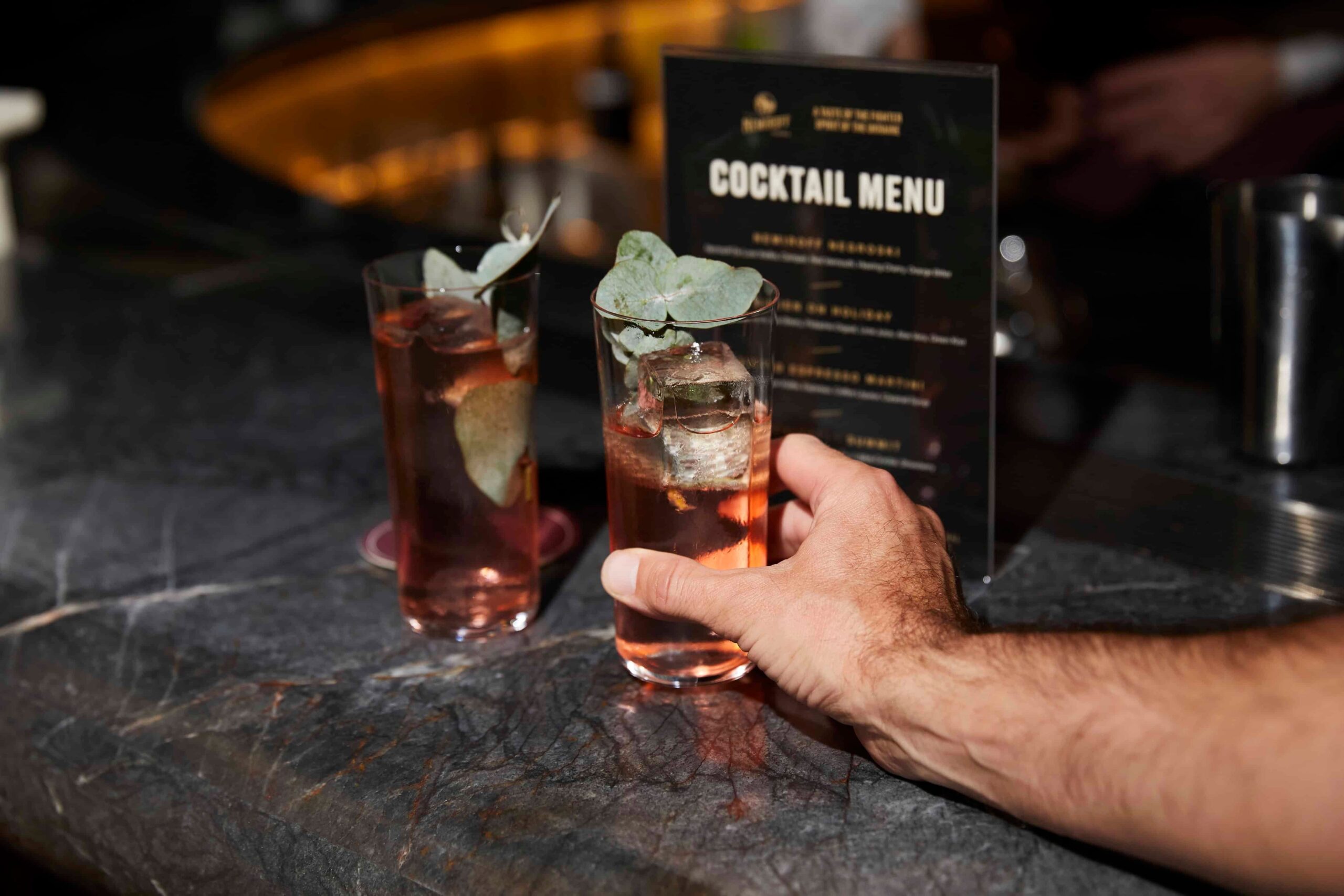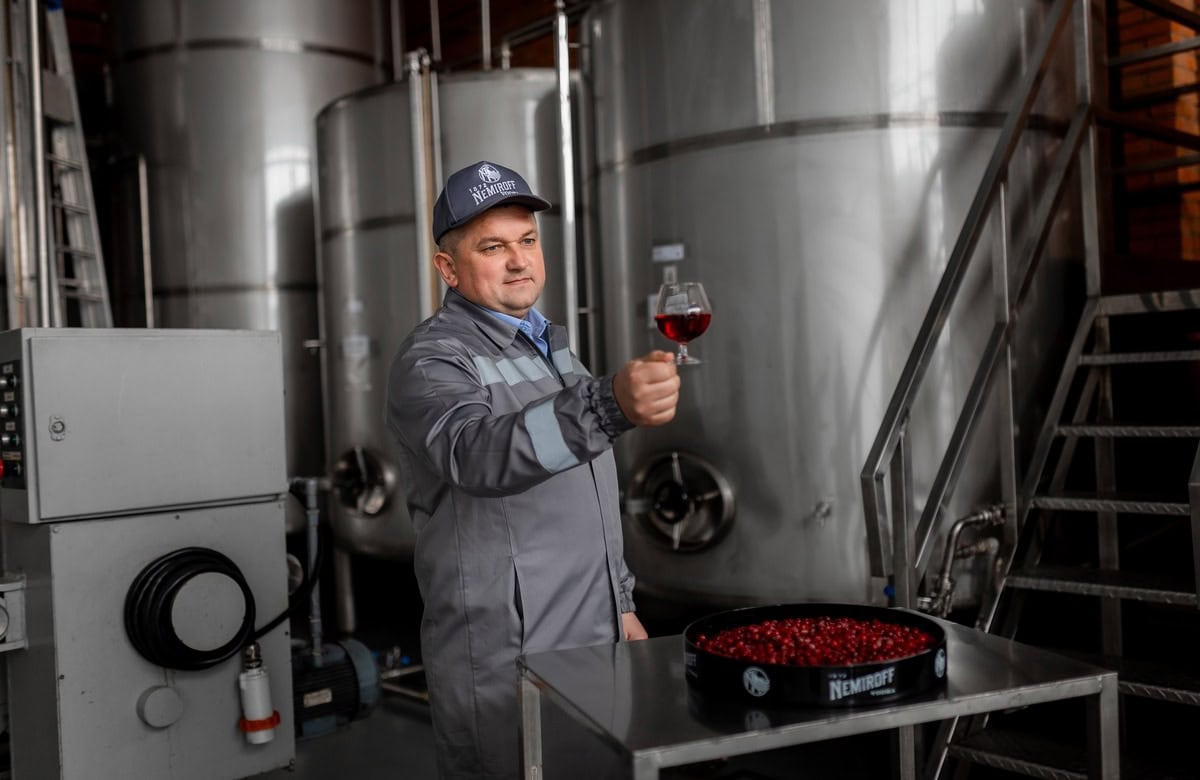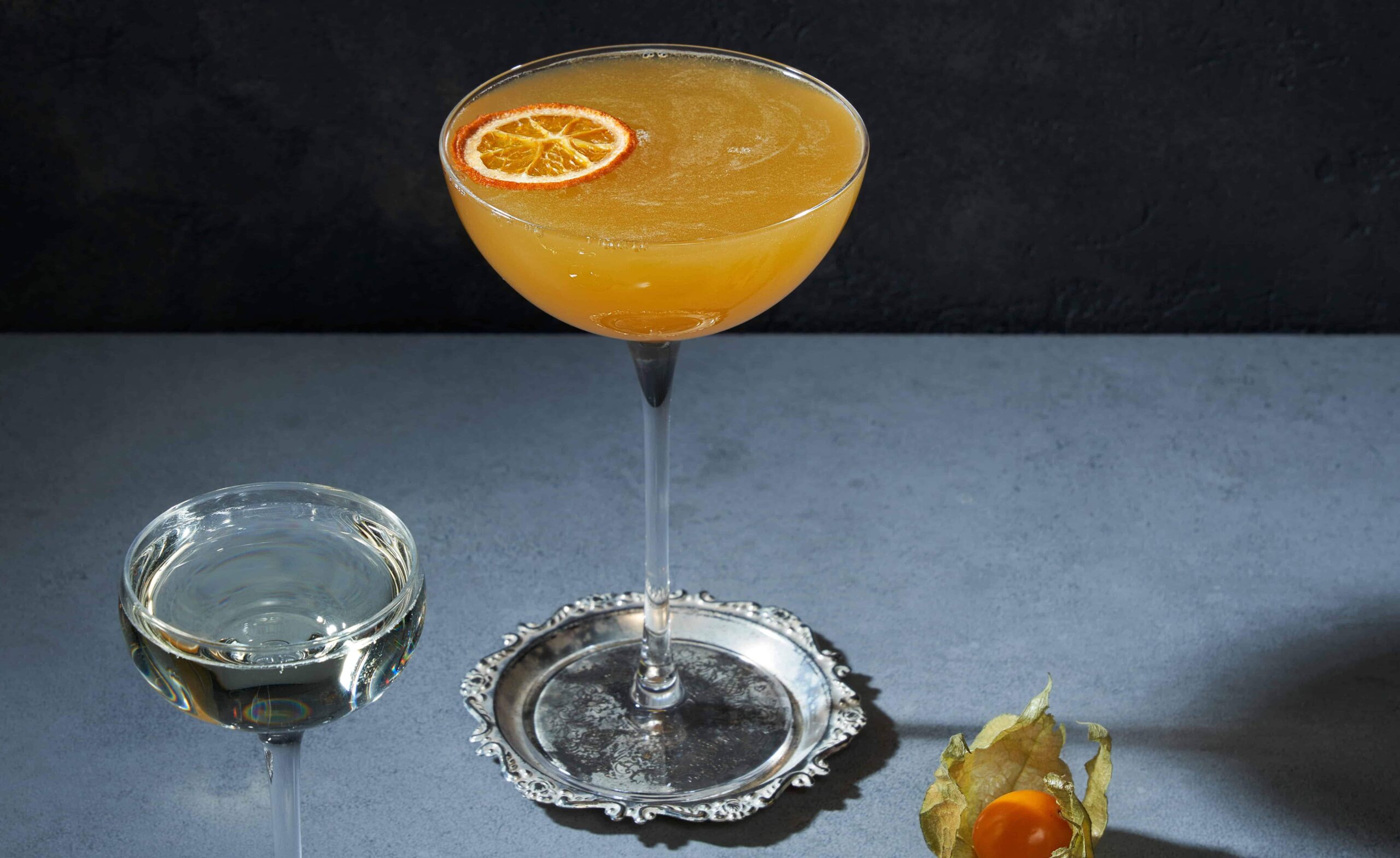A restaurant’s bar menu is more than just a list of alcoholic beverages. It forms the first impression of the establishment, influences the average bill and emphasises the gastronomic concept. In particular, a restaurant bar menu with vodka allows you to combine local traditions with modern approaches to serving.
Nowadays, guests expect to see not just familiar names, but a logical structure, clear descriptions and the opportunity to choose a drink to suit their taste or accompany their meal. A well-designed bar menu with vodka combines classic items with new formats and works as a positioning tool.
Why does a restaurant need a well-thought-out bar menu with vodka?
Vodka is one of the most adaptable alcoholic beverages in restaurant culture. It can be served on its own, as an ingredient in cocktails, or as a gastronomic accompaniment to dishes. In a well-structured menu, vodka fulfils several functions at once:
– supports local authenticity, especially in Ukrainian or Eastern European restaurants;
– allows you to flexibly form a price segment — from affordable to premium;
– allows you to create a wide range of cocktails without complicating the bar composition.
The design of a vodka bar menu should take into account the gastronomic context of the establishment, seasonal changes in the assortment, and various selection scenarios — from classic preferences to interest in new taste solutions.
How to create a bar menu with vodka: basic principles
The vodka section of a bar menu should not duplicate the store shelves, but rather support the concept of the establishment. Its task is to create clear navigation between tastes, formats and levels of complexity.
Balance of positions: pure vodka, shots, cocktails
The optimal approach to the vodka section is based on dividing it into three main categories:
1. Classic presentation. Pure vodka served chilled is the ideal choice to accompany appetisers. The menu should indicate the serving method, food pairings and serving temperature. This is the basis for those who prefer simplicity and tradition.
2. Shots. Bright, small portions are ideal for tasting sets or quick choices. It is advisable to include both classic flavours and infusions that work well as aperitifs.
3. Cocktails. A selection of signature or classic vodka-based mixes. It creates space for seasonal options and accents on infusions, berries, herbs and spices. This section is especially valuable for guests looking for familiar tastes in a new format.
It is also worth providing flexibility for seasonal items: refreshing cocktails in summer (with citrus fruits, cucumber, berries) and warm liqueurs with honey and spices in winter. Such options underline the dynamism of the menu and demonstrate attention to detail.
Detailed examples of combinations and recipes can be found in the section on alcoholic cocktails with vodka.
Local or premium: how to choose vodka for your bar menu
The selection of items for a bar menu always depends on the format of the establishment. The choice of specific names should be based on the following factors:
– restaurant concept — from democratic casual dining to fine dining or signature cuisine with a local accent;
– audience profile — mainly young people, international tourists, business clients or guests with a stable average bill;
– price range — whether you plan to offer house specials, seasonal shots or premium tasting sets.
The question of how to choose vodka for a bar menu involves not only determining the brand, but also assessing its reputation, availability of supplies and range. A classic line with a neutral profile is suitable for a basic menu. For an extended menu, you should include items with a distinctive taste or infusions of herbs, spices and berries.
In the premium segment, it is recommended to use products with natural aromatic bases. For example, Nemiroff vodka offers flavoured series that can be used in cocktails without additional syrups or essences, which simplifies the bartender’s work and improves taste consistency.

Designing a bar menu: what to include next to vodka items
The items on the bar menu of the restaurant with vodka should not only provide information, but also highlight attention to detail. The absence of accompanying descriptions reduces the appeal of even the best products. To avoid a formal list, each item should be supplemented with a concise description.
The basic design elements include:
1. Name and brand — with an indication of the product line or flavour profile.
2. Strength — in percent (%), mandatory for consumer information.
3. Serving — temperature, glass type, garnish or accompaniment (e.g., citrus fruits, spices).
4. Food pairing — gastronomic pairings allow consumers to make more informed choices.
5. Taste description — brief but clear, especially for Nemiroff flavoured vodka or other infused products.
Example of a position description:
Nemiroff The Inked Collection Wild Cranberry, 40% — a berry profile with a slight tartness and natural cranberry at its base. It’s served chilled in a glass with a slice of lime. Pairs well with desserts or meat appetisers.
Find other examples of positions in the Nemiroff range.
Common mistakes when compiling a bar menu with vodka
The bar menu is a part of the communication between the establishment and the guest. Poor structuring, or an unsystematic approach can reduce order conversion and create an impression of inattention to detail.
The most common mistakes:
– excessive focus on premium options without affordable alternatives;
– no separate section for cocktails with vodka;
– duplication of similar brands without explanations or differences;
– use of identical descriptions for different items;
– lack of information about serving — glasses, temperature, garnishes;
– ignoring the seasonality of drinks (e.g. fresh mixes in summer, liqueurs in winter).
A bar menu with vodka is not just a list. Its thoughtfulness reflects the professionalism of the establishment and allows you to scale your service and adapt to different service formats.




